When Should a Water Softener Be Replaced?

Knowing how long your water softener should work, in addition to knowing the signs of when your water softener should be replaced, will go a long way in ensuring you have properly softened water, helping optimize your home water system.
How Long Do Water Softeners Last?
Water softeners work at an optimal level for 8 to 12 years, contingent on them getting proper care and maintenance at regular intervals. The lifespan of a water softener is also dependent on it getting cleaned with solution on a recurring basis.
Other factors that determine how long a water softener lasts are the quality and quantity of the water that’s been treated. Water conditions vary widely in different parts of the country, and conditions such as high chlorine and iron levels may reduce the lifespan of your water softener. For quantity, a family of five uses more softened water than a single person living alone.
Do You Clean Your Water Softener Enough?
Get the right kind of water softener cleaner to help optimize your system, keeping it working better for longer.
Shop Now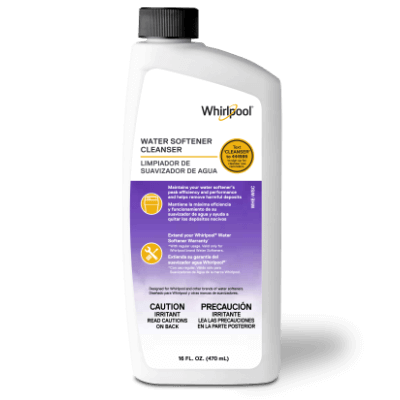
When it comes to the lifespan of a water softener, anything over 12 years of performance is a bonus. However, once your softening system has reached this stage, if it’s working as it should and regenerating normally, it will likely become less effective and may require more salt to achieve the same results once reached. This is why it’s important to know when a water softener was installed when moving into a new home, to help identify when a replacement is needed.
You should also keep track of how often you replenish the system with salt. If your softener isn’t working properly, you will begin to see hardness symptoms and iron popping up in the home, and your softener will use less salt than it had previously. You may also notice less water pressure throughout the home. Other signs around your home will tell you when a water softener should be replaced, which are detailed below.
Signs Your Softener Isn’t Working Properly
1. Scale buildup inside water-using appliances
2. Reddish/yellowish stains around drains and faucets
3. White crust buildup on faucets
4. Mineral spots in bathroom and on dishes
5. Clothes feel scratchy and the color is fading
6. Lower water pressure in the shower
7. Using more soap to lather hands and dirty dishes
If these signs seem a lot like the symptoms of hard water, it’s because they are. If you notice hard water symptoms in your home, your water softener may not be regenerating anymore or functioning properly, indicating it may need repair or replacement.
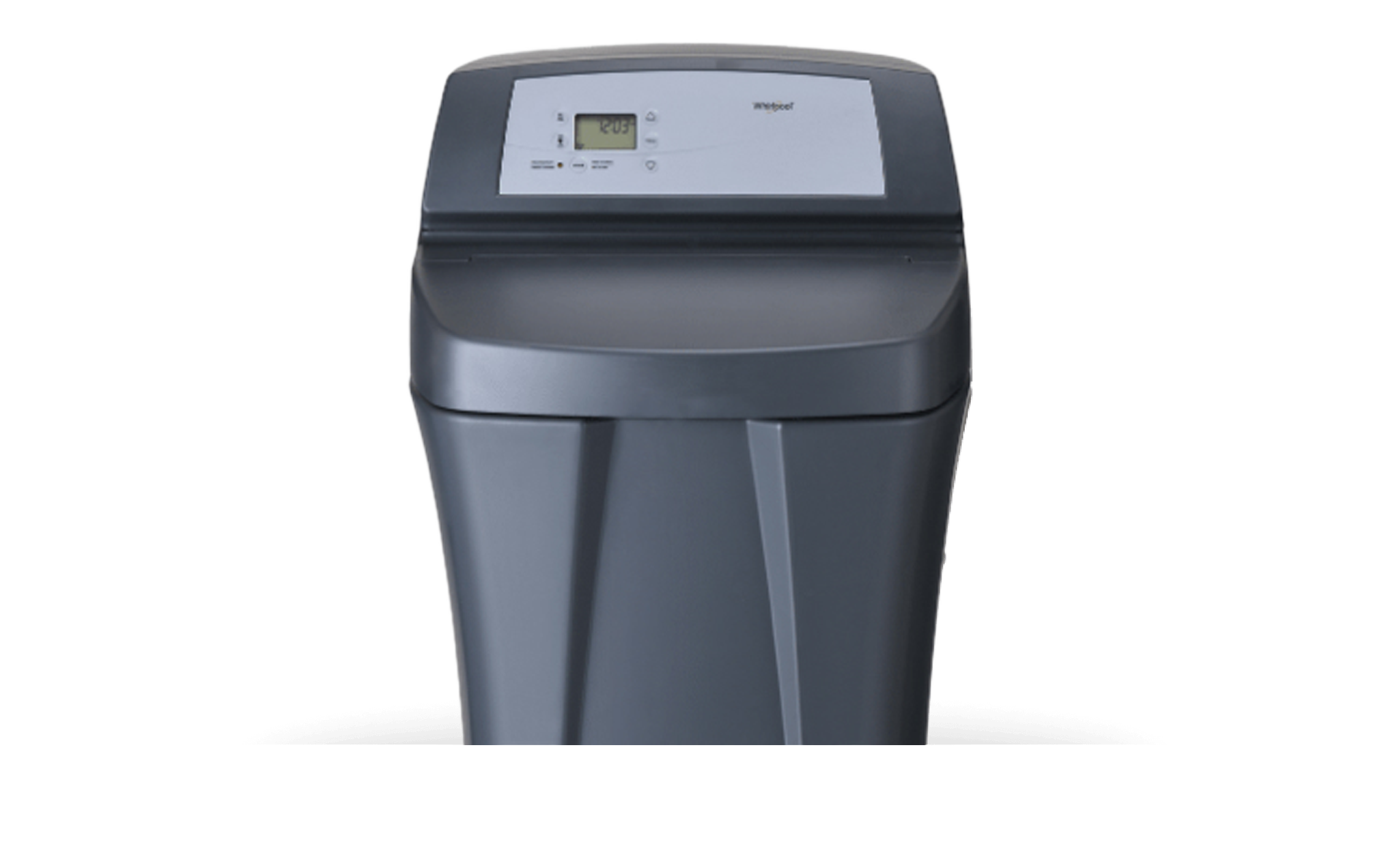
More Telltale Signs You Water Softener Needs to Be Replaced
If you like to keep a clean home and stick to a strict cleaning regimen, it’s sometimes difficult to notice hard water stains collecting in your bathroom or inside appliances. Our partners over at HomeWater 101 have provided alternative ways you can tell when your water softener should be replaced.
How Do You Know If You Have Hard Water?
If you’re still not sure if your water softener is working correctly, you can try a few more tests such as going to your city’s website and reading the water quality report, or you can use the water bottle test. Learn more in this HomeWater 101 video.
Water Softener Maintenance Techniques
1. Water Softener Cleaner
Pouring a bottle of water softener cleaner into your water softener brine well every 4 months will help your system run efficiently. This acid-based solution cleans the inside of your system, including the valve and resin bed. It removes contaminants, iron and scale buildup to help maximize the softener’s performance.
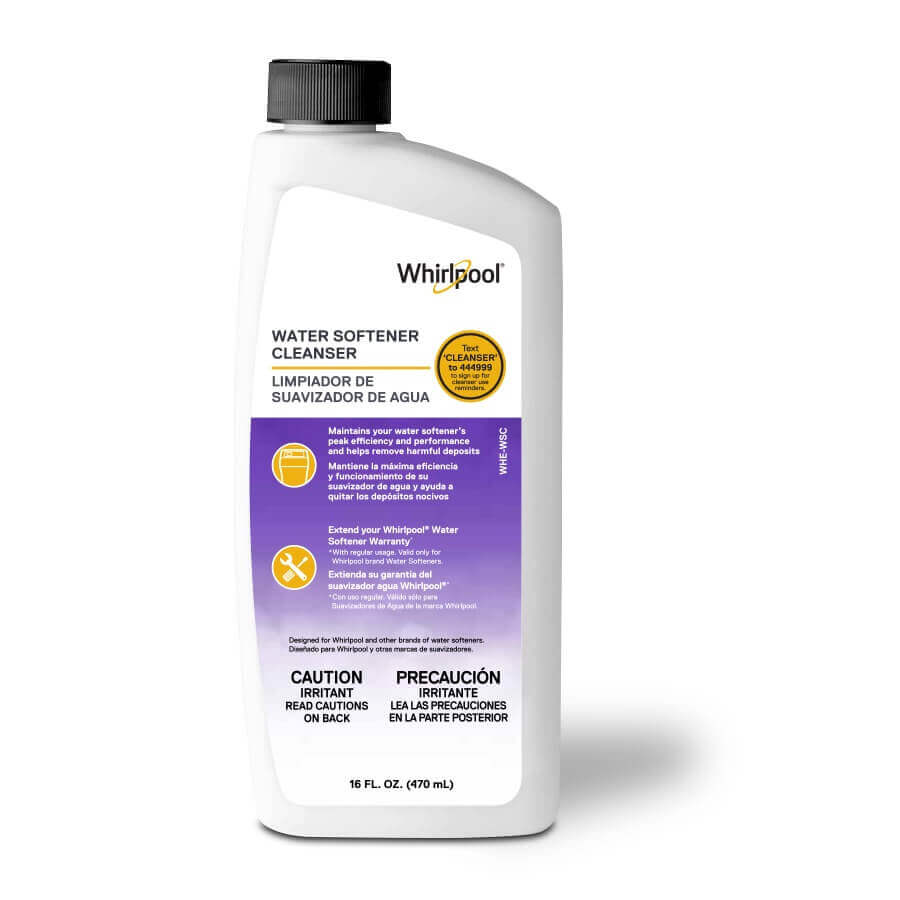
2. Set Hardness Level Correctly
Make sure the water softener isn’t overworking itself by regenerating more often than you need. If your hardness setting is too high for your area, it will regenerate more often and use more salt than is necessary for your area’s water. On the other hand, if the setting is too low, it won’t regenerate often enough and you’ll periodically get hard water in your home. It’s important to know your area’s hardness level, and to set your water softener in accordance with that level. Depending on your softening unit, this can be achieved by either programming the hardness level electronically or by turning a dial, which is more common in old models.
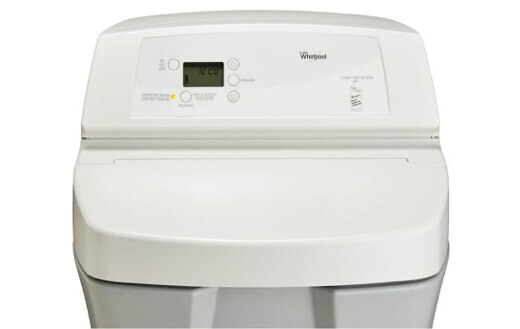
3. Check for a Salt Bridge
When a salt bridge forms, water will not touch the salt in the system. This stops the creation of brine, which is what recharges the resin bed in your system and ultimately softens the water. If a salt bridge has formed, gently use a broom handle to break up the layer of salt. Consult the owners’ manual for your water softener on how to begin a new regeneration process after breaking the salt bridge.
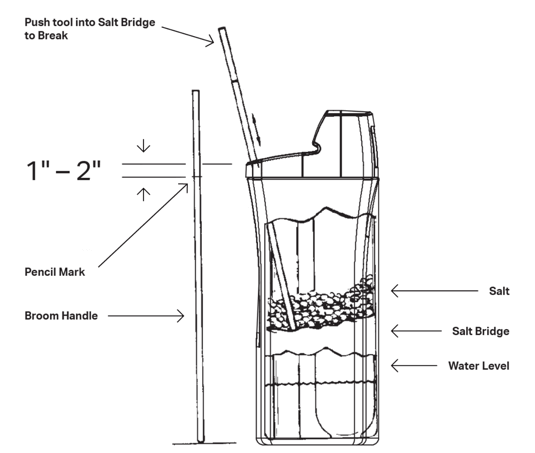
In addition to using water softener cleaner, setting the softener’s hardness level correctly and periodically checking for salt bridges, other tasks should be a part of your water softener maintenance checklist to optimize performance throughout the lifetime of your system. But if occasional maintenance isn’t doing the trick, it may be time for a replacement.